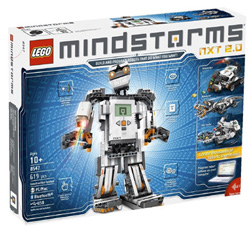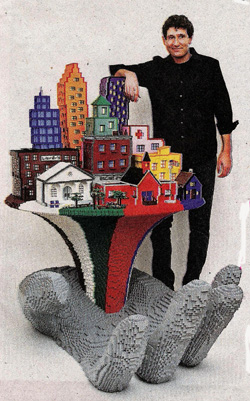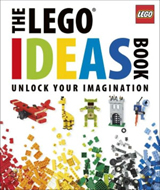
LEGOs for Adults
Grown Ups Play With LEGOs Too
LEGO blocks first appeared in 1958, after Danish wooden- toy maker Ole Kirk Christiansen began experimenting with plastics. Kids loved the Lego plastic blocks and the LEGO toy business was born, then grew and grew.
In 1995 an adult fan modified sophisticated design software to create a virtual-Lego program, called LDRAW. Soon after LEGO introduced Mindstorms, a line of robot-building kits with motors, sensors and small programmable computers. Mindstorms was aimed at kids but half of it's buyers were over 20. Adults were hacking Mindstorms software to soup up the robots.
In 2013 Legos came out with EV3, the third incarnation of the Mindstorms series. With EV3 you can create walking, talking, and thinking robots. Althought simple enough to be built by 10-year olds, Mindstorm toys are purchased by many adults for themselves. To see about Mindstorms, including the EV3 series, follow the link to the right.
Besides Mindstorms, Adults can afford bigger and more complex other Lego sets, and Lego doesn't mind selling them to adults. David Beckham, the soccer star, bought and built a $1000, 5,992 piece LEGO Taj Mahal.
Lego Adult Fans
Adult Lego fans call themselves AFOL's, which stands for Adult Fans Of LEGOs.
There are at least 90 such fan groups around, boasting 70,000 members.
Adults increasingly use LEGOs for graphics, education modeling and business.
The New Orleans Pulic Library commissioned artist Nathan Sawaya to create "Rebirth of New Orleans" using LEGOs, after Hurricane Katrina.
Dirk Denoyelle, from Belgium, was paid
$20,000 to build a giant LEGO model
of an apartment complex that a developer was building.
Three years ago, the LEGO Group anointed Dirk Denoyelle a Lego Certified Professional, which is an elite group consisting of two New York artists, an Australian computer specialist and just 10 others world-wide.


